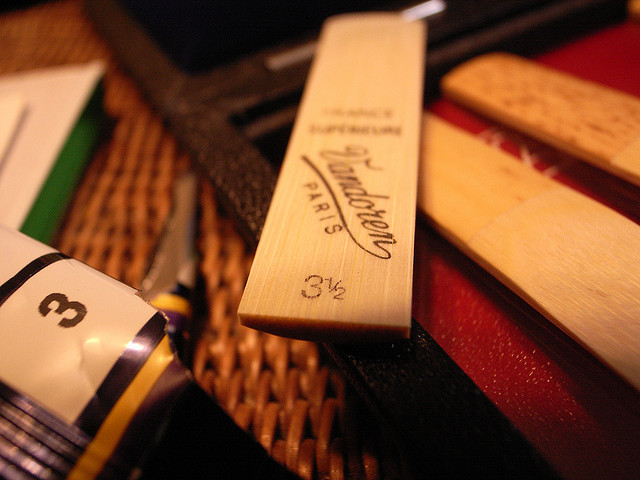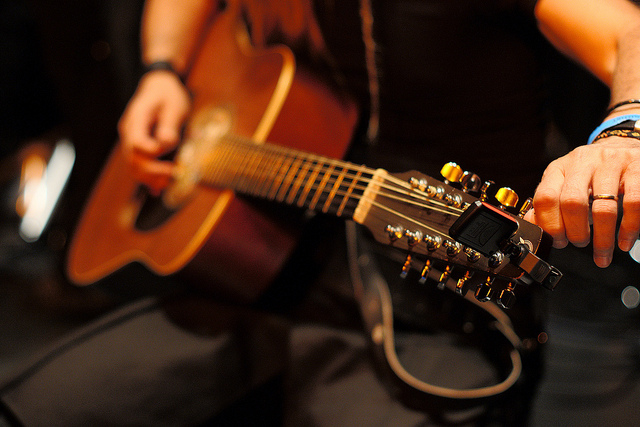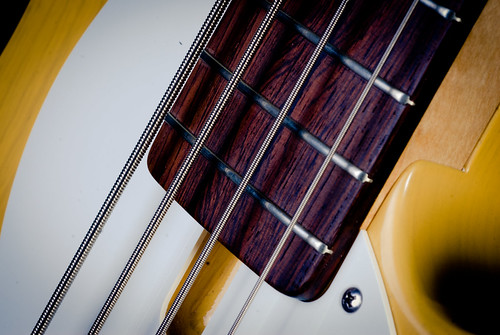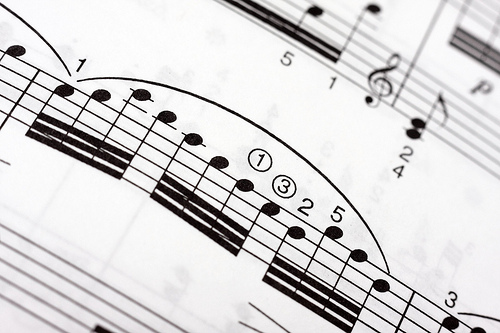Your saxophone’s sound is almost entirely influenced by the reed you choose to use. Therefore, you want to make sure you have the best possible reed for your play style as well as for the type of music you’d like to play. But there’s such a variety of choice available in saxophone reeds that it is easy to feel confused when picking the reed. Here are some of the key factors that you need to keep in mind when you are shopping for a new saxophone reed.

Pick the Right Strength
One of the key components of saxophone reeds is the strength. The strength is important for two reasons. First, it influences the kind of sound your saxophone makes. Second, it can also determine the way you play the saxophone.
It is a common misconception to think that the stronger your reed’s strength the more professional player you are. This isn’t the case as a lower strength reed can actually just suit your play style better.
Nonetheless, the Saxophone Players website does recommend starting out with a lower strength reed. It’s a bit easier on your jaw muscles if you might not yet be used to playing a lot of saxophone. You might want to start with a softer reed and experiment with stronger strengths once you’re more used to playing regularly.
Each manufacturer will use different ways to outline the strength of the reed. Most often it is marked by a number and the higher the number, the stronger the strength of the reed will be.
Selecting the Right Material
There are two types of saxophone reeds available. The most common reeds are made from natural materials, often from cane plants. The maintenance of natural reeds is a bit more laborious than the synthetic reeds. But for a number of sax players, the sound is much more pure when playing with a cane reed.
Despite this, more and more players are also starting to use the synthetic reeds, often made from different rubber mixtures. The Sax.co.uk article on picking reeds says there are some great advantages for using synthetic reeds. They are most likely going to last longer and don’t require as much attention and care.
But again, in the end it is more of a personal choice whether you prefer natural or synthetic reeds. There is no real difference to the actual sound and therefore you should try both to see which one suits your own play style better.
Don’t Forget the Mouthpiece
On top of this, it’s crucial to keep in mind that the mouthpiece you use will also influence your reed. Therefore, when you are picking out the reed you also need to carefully consider the kind of mouthpiece you want to use.
So, if you already have a mouthpiece you really like, try to match its qualities with the reed you’re looking to purchase. As a general guideline, narrow tip mouthpieces work better with higher strength reeds and wider tips are more suitable for softer reeds.
Hopefully, the above information helps you to choose the perfect saxophone reed. You can also contact our tutors and see what kind of reeds they are using and recommending, while the “Tone & Gear” sections of each saxophone series features the tutor discussing what they use to create a great sound.





